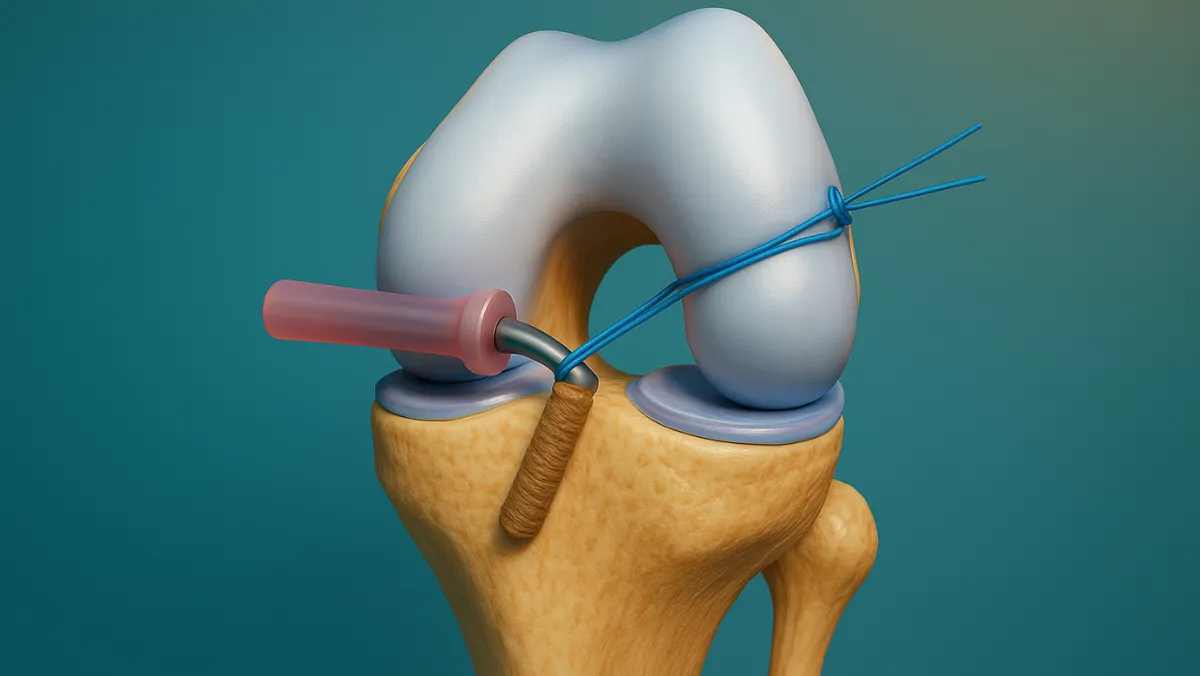
Safety Rate
Arthroscopic ACL (Anterior Cruciate Ligament) revision surgery is a corrective procedure performed when a previous ACL reconstruction has failed or when the ligament has been re-injured. Compared to primary ACL reconstruction, a revision is more challenging because it must address complications from the first surgery while also managing any new injuries or degeneration in the knee. The primary goals are to restore joint stability, improve function, and reduce the risk of further damage.
This procedure becomes necessary when patients experience ongoing knee instability, recurrent injuries, or complications such as improper graft placement, graft stretching, or associated cartilage and meniscus damage.
Revision ACL procedures require meticulous planning due to the altered anatomy from the first reconstruction. Surgeons must carefully assess several key factors:
Rehabilitation after arthroscopic ACL revision surgery is typically longer and more cautious than after a primary reconstruction. Patients can expect:
The outcome of arthroscopic ACL revision surgery depends on the cause of initial failure, graft quality, surgical precision, and patient commitment to rehabilitation. While results can be excellent, it is important to recognize that the knee may not fully return to its pre-injury condition. Long-term success relies on disciplined rehabilitation, lifestyle modifications, and preventive care to protect the reconstructed ligament.
arthroscopic ACL revision surgery offers a minimally invasive yet highly effective solution for failed or re-injured ACL reconstructions. With advanced techniques, careful planning, and dedicated rehabilitation, patients can regain knee stability and return to active lifestyles.
An ACL revision surgery is a procedure performed when a previous ACL reconstruction fails or the ligament is re-injured. This surgery involves removing the old graft, assessing the knee for any damage, and replacing it with a new graft to restore stability. It is more complex than a primary ACL reconstruction due to scar tissue, previous tunnels, or bone changes. With expert surgical care and proper rehabilitation, patients can regain knee function, strength, and confidence for daily activities or sports.
Many patients ask, is an ACL revision worth it? When the initial ACL repair fails and causes knee instability or limits activity, revision surgery can significantly improve function and reduce the risk of further injury. Although it is more technically challenging than the first surgery, advances in arthroscopic techniques and graft options make outcomes highly successful. With proper physiotherapy and adherence to recovery protocols, most patients regain stability, return to sports, and achieve long-term knee health.
The number of times ACL revisions can be performed depends on the knee’s condition, available bone for grafting, and overall patient health. While technically multiple revisions are possible, each subsequent surgery becomes more complex and may have slightly lower success rates. Surgeons carefully evaluate knee stability, joint damage, and patient activity goals before recommending repeat revisions. With proper surgical planning and rigorous rehabilitation, many patients achieve functional stability and can continue an active lifestyle even after one or more revision procedures.
Take the first step towards pain-free living. Book your consultation today and discover personalized treatment options tailored to your needs.